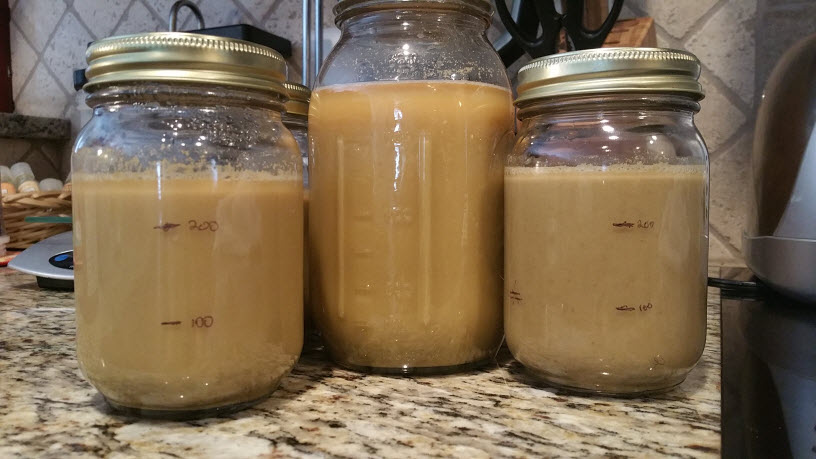liquid yeast is a bit costly up here in Canada, if I can get two-four brews from one vial...I am a happy happy camper!
I hear you on that. I pay $11 for a Wyeast pack from the LHBS and $6 for dry yeast like US05.

liquid yeast is a bit costly up here in Canada, if I can get two-four brews from one vial...I am a happy happy camper!
I hear you on that. I pay $11 for a Wyeast pack from the LHBS and $6 for dry yeast like US05.
Note to self, start yeast smuggling to Canada :rockin:
fo show!!!
I pay more, as I live in a small small town, and the shipping is double the price of dry yeast most times...and no lhbs...although, I love OBK Patrick saves me money all the time
OBK prices are great. I get nailed on shipping from Ontario to Alberta though. Wish there was a comparable online supplier out west. Hmmm, might be a good opportunity there for someone...












Thanks for the quick reply rhys333. I was mostly referring to my calculations. I have two mason jars filled identically so I'll just use some of the second to make up the difference to ensure I don't underpitch. Thanks again!
I haven't had a chance to click through all the pages but I'm a bit confused about using the slurry with a starter...
if i have 400ml of slurry with a bit of beer on top, how do I make a 1.5L starter? Do i add the slurry to 1100ml of starter wort or how do I compensate?
Thanks!
You have at least 400 billion cells there already(200B needed for a 5 gal 1.050 beer). Whats the gravity and volume of your beer?
The slurry has been in the fridge since february so I was thinking I could pitch more slurry to compensate for yeast that has died since then.
What size of starter should I use instead?
thanks!
I've never stored slurry that long, but others on here have and just direct pitched it. Probably wise to do a starter though. As a wild ass guess maybe its 15-25% viable after 7 months. Could be way higher or lower. Couple suggestions: (1) you could just pitch all of it without a starter in the name of science and see what happens (then tell us), or (2) add some of it to a starter to proof it and build new cells. Perhaps pitch 200ml into a 1.5 L starter (i.e.: 1.5L water + 150g DME).

Ok, so I have a batch of saison I brewed in August. It has been sitting at room temp in primary since then. I'd like to re-use that yeast for a batch of rye saison this weekend. I've heard that keeping the beer on the yeast cake is the best way to keep the yeast.
Given that it's been sitting on beer for about 3 months now, what would the estimated vitality be? My upcoming rye saison is about 1.055 gravity, and I was just going to scoop out about half the cake and pitch the new batch onto the remaining cake. Does that sound about right?

I'm going to attempt to use my 7 month old yeast this week to see what the result of older slurries is.
Since I'm dealing with a large volume of slurry (400ml +) what's the safest way to bring it to room temperature to either pitch into my new wort, or to put in my flask with a small starter for the stir plate?
Should I leave it at room temperature in the morning and use it in the evening when the temperature is close to room temp? I'm worried about shocking the yeast if the temperature isn't close
Thanks!